|
Introduction
The site has been organised around the
Local Authority District Council and Unitary Authority boundaries of the
County with the stones of each Parish being shown on
a separate page. The one exception to this is the off-road Dartmoor stones
which now has its own section. Each Parish can be
accessed from the District drop-down boxes shown at the head of this page.
There is also a Parish browse facility Due to the large number of off-road Dartmoor stones, I have given them their own section. These have been organised into stone type, Boundary Stones, Crosses, Guide Stones, Menhirs etc. and have been split into manageable sections, as shown in the drop-down menu boxes above. Again, there is a browse facility for the pages within each section.
|
Further Information Many of the current roadside stones provide a good reminder of the history of our roads. It's all too easy to forget that most of our current road network originally started out as paths and tracks used by people travelling from place to place over hundreds of years. Most of these tracks would have been no more than than dirt tracks packed down very hard by the sheer volume of feet and horses' hooves on a daily basis. One can only imagine how messy they would become after a prolonged period of rainfall!
Although the Turnpike Trusts were responsible for stretches of roads, the County Councils were generally responsible for maintaining the various bridges over rivers and streams, together with a short stretch of road on either side of the bridge. A number of County Bridge Stones are still to be found within Devon. These stones, which are mostly engraved with a single letter 'C', mark the limit of the roads for which the County Council were responsible on each side of the bridge. A few of these stones have been engraved with 'C B' (County Boundary). |
||||||||
| Website Contact: if you have any queries in connection with this website or would like to provide me with any further information, please use this link to E-mail me. |
|
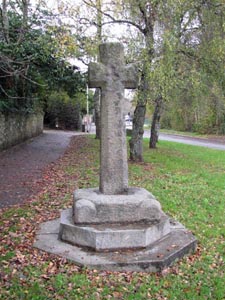 The Devon Marker Stones website sets out
to document some of the Crosses, Milestones, Boundary Stones and Information
stones that I've come across on my travels
around the County. There are so many stones scattered around the
area that it would be a monumental task to try and document them
all. This website is designed to show a good sample, although it is
intended that it will be
The Devon Marker Stones website sets out
to document some of the Crosses, Milestones, Boundary Stones and Information
stones that I've come across on my travels
around the County. There are so many stones scattered around the
area that it would be a monumental task to try and document them
all. This website is designed to show a good sample, although it is
intended that it will be 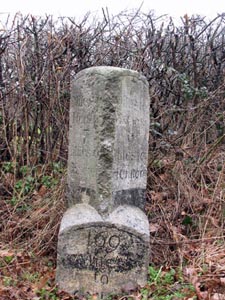 expanded upon as time goes on. This website is the sister site to our
Dartmoor Crosses website, for which a link can be found at the foot of this page.
expanded upon as time goes on. This website is the sister site to our
Dartmoor Crosses website, for which a link can be found at the foot of this page.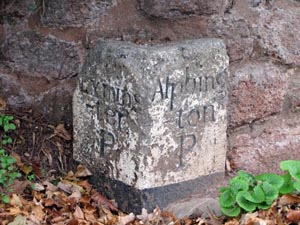 within each District.
within each District.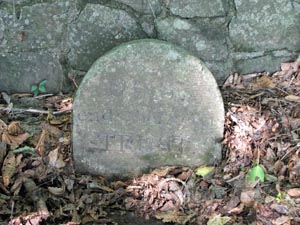 It wasn't until the 18th Century that improvements started to appear with
Turnpike Trusts being set up under an Act of Parliament. The responsibility
of these trusts were to improve the conditions of the roads under their
jurisdiction in return for the fee charged for the use of the roads. The
income raised would, in turn, be reinvested in the general maintenance and
further improvements to the roads. This continued until late in the 19th
Century when the trusts were wound up and County Councils took over the
maintenance of all roads within their boundaries.
It wasn't until the 18th Century that improvements started to appear with
Turnpike Trusts being set up under an Act of Parliament. The responsibility
of these trusts were to improve the conditions of the roads under their
jurisdiction in return for the fee charged for the use of the roads. The
income raised would, in turn, be reinvested in the general maintenance and
further improvements to the roads. This continued until late in the 19th
Century when the trusts were wound up and County Councils took over the
maintenance of all roads within their boundaries.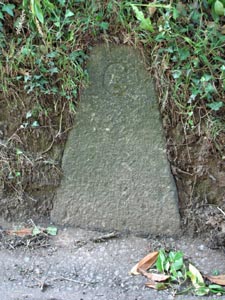 Some of the Turnpike
Trusts would set up a roadside boundary stone at each end of their length of
road to show the extent of their boundaries. One such stone is shown here,
in the current parish of Dunchideock, at the foot of the hill leading up
towards Haldon. The engraving on the stone reads: 'Here ends the Exeter
Trust'.
Some of the Turnpike
Trusts would set up a roadside boundary stone at each end of their length of
road to show the extent of their boundaries. One such stone is shown here,
in the current parish of Dunchideock, at the foot of the hill leading up
towards Haldon. The engraving on the stone reads: 'Here ends the Exeter
Trust'.